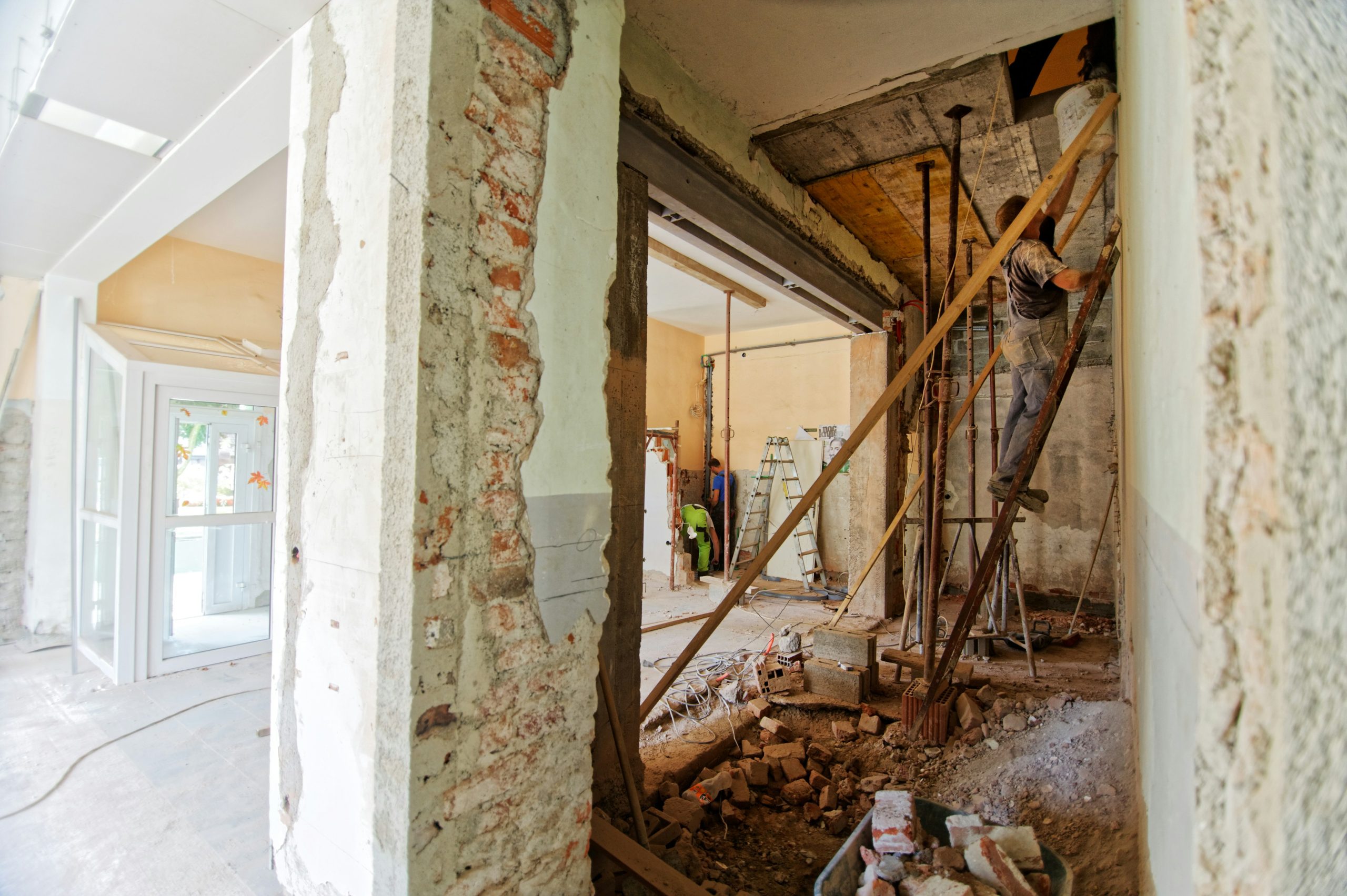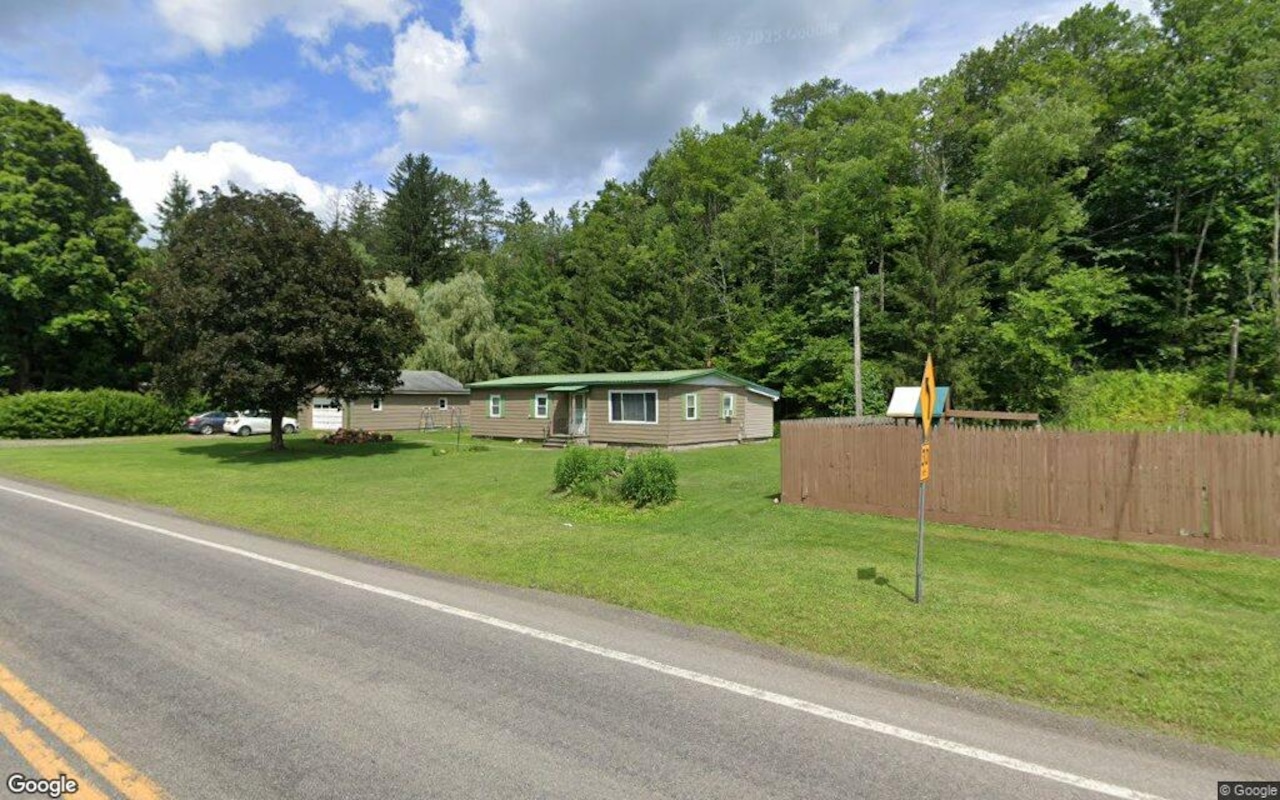Y
ou can renovate a home in half an hour, or so it seems on TV. Editing magic transforms a couple's $50,000 budget into a dream home with mood lighting and macramé. But the reality is that props are swapped out after the credits roll. We're entertained by the before-and-after transformation, and who doesn't love a good renovation story?
Homes often serve as metaphors in novels, reflecting our inner worlds. A character's neglected hedges can signal their emotional state. In my novel, The Perfect Home, home renovation is used to explore the challenges of family life through the lens of reality TV stars.
A piece of real estate might not seem like obvious subject matter for a novel, but it has universal appeal. We're fascinated by cooking and renovation shows because they tap into our desires for food and shelter. It's fun to imagine how we'd renovate our homes if we had unlimited resources.
Authors have skillfully used unique real estate situations in novels for literary purposes: metaphors, side plots, symbols, and entanglements. Here are a few examples:
When We Believed in Mermaids by Barbara O'Neal follows a woman who returns to her childhood home after her sister's death. The old house serves as a metaphor for the protagonist's new life in New Zealand.
The House We Grew Up In by Lisa Jewell explores the trauma and mental illness that have left a family's home cluttered and neglected. Restoring the beauty of the house requires untangling the emotions that led to its state of disrepair.
In The Homewreckers by Mary Kay Andrews, a reality TV show becomes a catalyst for uncovering dark secrets in a Tybee Island renovation.
Write My Name Across the Sky by Barbara O'Neal features an apartment that serves as a connection between three wayward family members. The apartment is a relic of their deceased songwriter aunt and holds sentimental value.
Bricking It by Nick Spalding follows two friends who inherit a rundown Victorian-era farmhouse, only to discover that renovating it is not as easy as they thought.
The Last Thing He Told Me by Laura Dave begins in a floating home, where the protagonist's life is about to be swept away. The search for answers unites her with Bailey, and their journey is mirrored by the riverine setting.
Home Before Dark by Riley Sager features a haunted mansion that serves as a House of Horrors. Finding out the causes of the haunting feels like demo day during a renovation – you never know what's going to turn up behind the walls.















